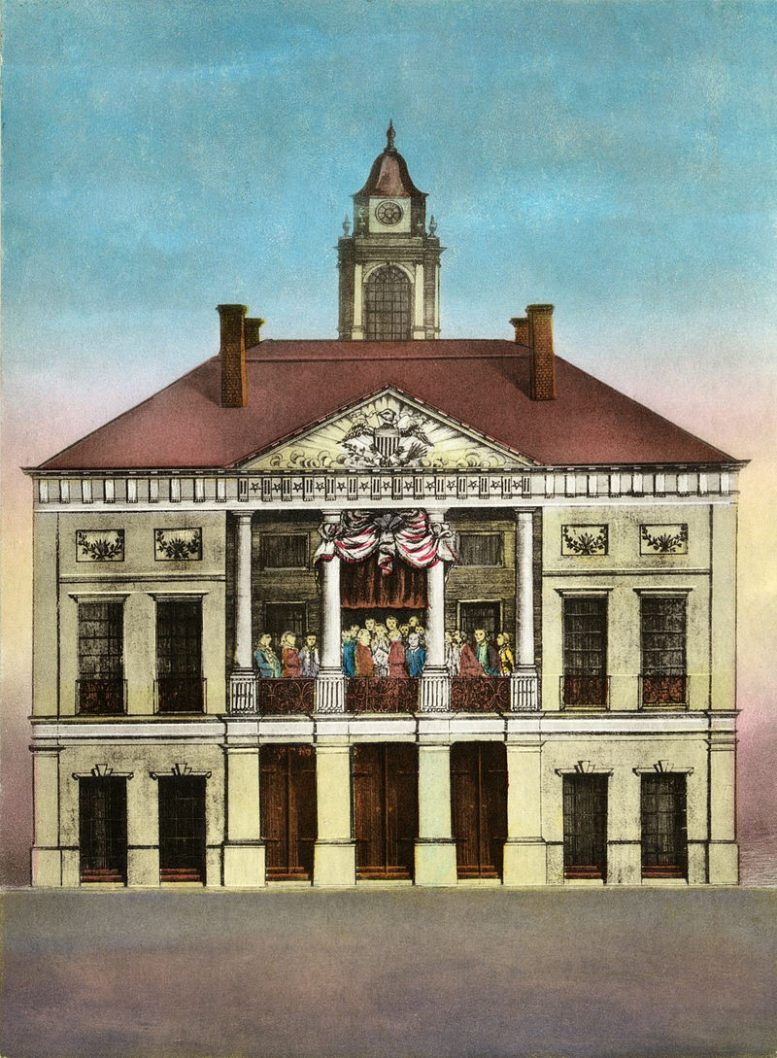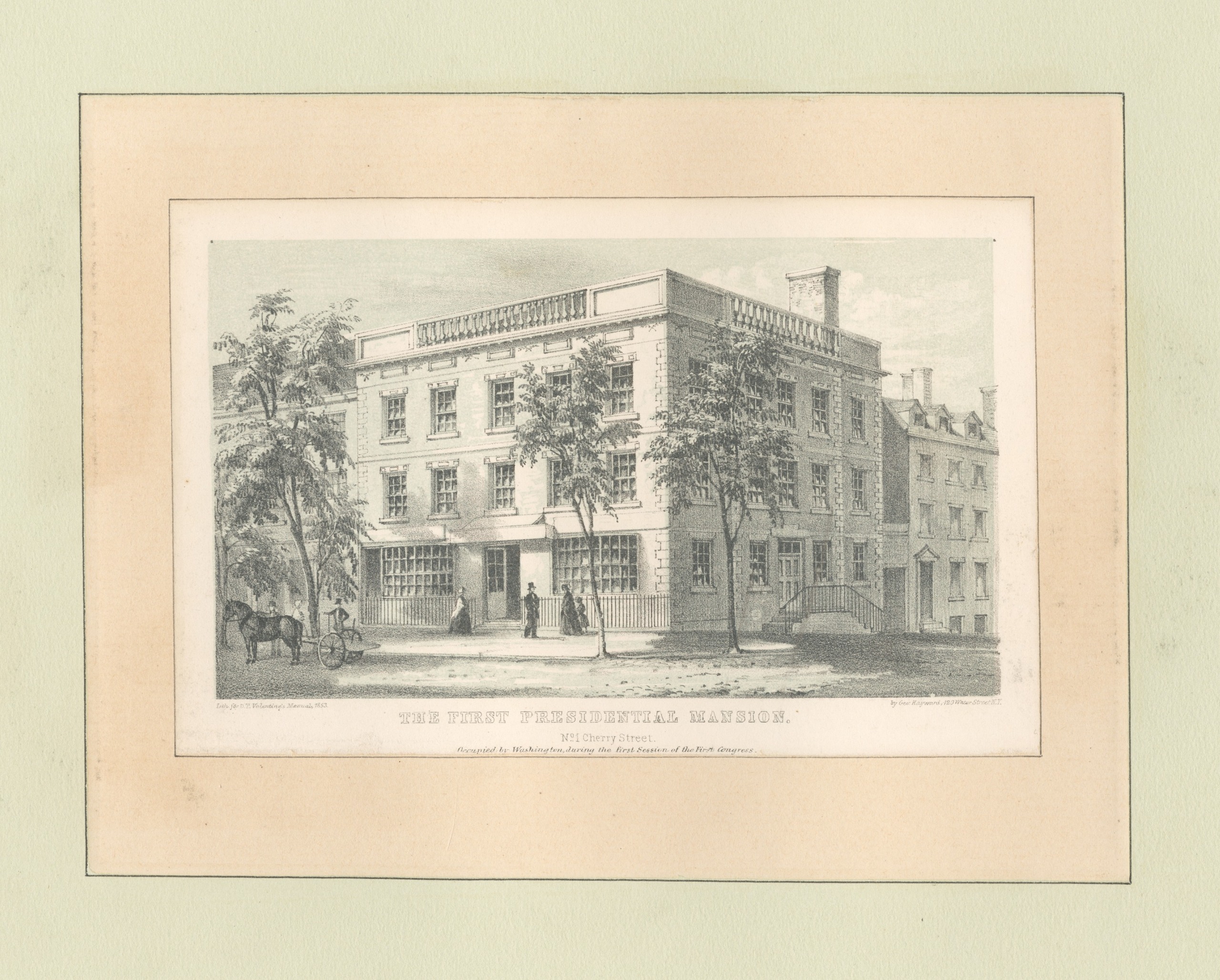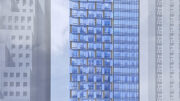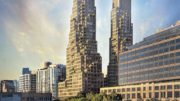Today, New Yorker Donald J. Trump will be sworn in as president of the United States. Every swearing-in since 1801, except some cases that followed the death of the president, has taken place in Washington, D.C.However, the first inauguration, of President George Washington, took place right here in New York.
Robert Livingston, the chancellor of New York, a position abolished in 1847, administered the oath of office to Washington and Vice President John Adams. The ceremony took place on April 30, 1789 at Federal Hall in what is now the Financial District.
The spot, on Wall Street where Broad Street and Nassau Street both begin, is not the Federal Hall National Memorial that is now there. The current structure was built in 1842. The old Federal Hall was built in 1700 and, at the time of Washington’s inauguration, was quite aptly named. Built in 1700, it was, for four years around the time of Washington’s swearing-in, the home of the U.S. Congress while New York served as the national capital.
The day started, according to George Washington’s Mount Vernon, with a sunrise salute at Fort George. At 9 a.m., church bells throughout the city rang for half an hour. At 12:30 p.m., Washington was brought to Federal Hall by a military escort comprised of 500 men, including a company of Scottish Highlanders. At 1 p.m, he arrived at the Senate chamber, where both houses of Congress had gathered and were awaiting him.
At 2 p.m., Adams informed Washington that both houses were ready for him to be sworn in. He proceeded to the Senate balcony, which overlooked Broad Street. There, the oath was administered. The ceremonial bible was a Masonic one found at the last minute, held by Secretary of State Samuel Otis. It was chosen, as CBS Sunday Morning’s Mo Rocca reported, because it “transcended denomination.” Following the oath, the crowd below chanted “Long live George Washington, President of the United States.”
His inaugural address expressed humility. He referred to himself “inheriting inferior endowments from nature and unpracticed in the duties of civil administration” and said he was “conscious of his own deficiencies.” He also said, “I was summoned by my country, whose voice I can never hear but with veneration and love.”
In the afternoon, he prayed at St. Paul’s Chapel, part of Trinity Church. It’s worth noting that the original church building was destroyed in the fire of 1776 and its successor was under construction at the time of Washington’s inauguration. St. Paul’s Chapel, however, survived the fire with minimal damage.
What Washington said is not known. “I think he prayed for peace, for reconciliation. I can just feel it here. What else would he have done, right?” the Reverend Dr. William Lupfer of Trinity Church told Rocca. “No one prays for peace more than people who’ve been through war.”
That night, he dined alone at the presidential mansion, the Samuel Osgood House, a.k.a. the Walter Franklin House, located at 1 Cherry Street. Built in 1770, it was demolished in 1856.
Fireworks lit up the evening, and were viewed by the new president from multiple homes. At 10 p.m., Washington started on his way home, but the crowds were so dense, he eventually had to abandon his carriage and walk home.
Subscribe to YIMBY’s daily e-mail
Follow YIMBYgram for real-time photo updates
Like YIMBY on Facebook
Follow YIMBY’s Twitter for the latest in YIMBYnews







Good knowledge for everybody follow and read about, how to set the President up for the United States of America.